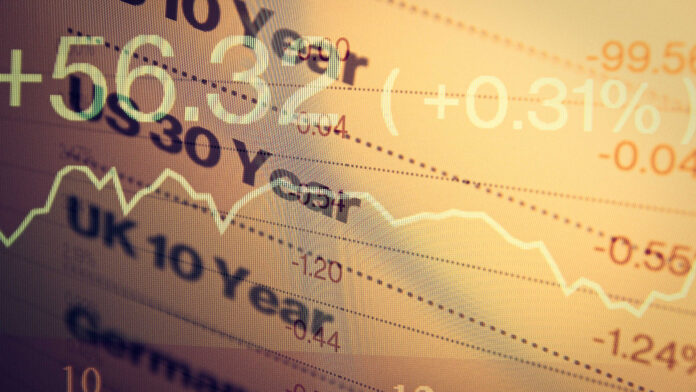Bank of America expects Treasurys to show positive returns in 2023. Why? Because two-and-half centuries of market history says so. Normally a safe haven in time of market tumult, government bonds have gotten crushed in 2022. It’s been part of a two-year losing streak that hasn’t happened since 1958-59, BofA investment strategist Michael Hartnett said in his weekly “Flow Show” report dated Thursday. Long-dated bonds have taken an especially bad beating this year. The most popular bond ETF, the $24 billion iShares 20+ Year Treasury Bond ( TLT ) fund, is down more than 34% year to date and about 38% from where it started 2021. While the stock market has performed poorly as well , the S & P 500 is down just 18% — considerably better than the bond market returns. But Hartnett said the last time Treasurys fell more than 5% and were negative the following year happened in 1861. The last time government bonds posted negative returns for three straight years? Never. Putting it in perspective, that means “250 years of history say US Treasury returns up in 2023,” Hartnett wrote. Indeed, investors have continued to bet on government bonds making a comeback. The TLT fund has garnered $13.5 billion in inflows for the year, making it the fifth-most popular ETF for investor cash, according to FactSet. Hartnett said he sees 2023 as a better year overall for investors across asset classes. “2023 to be better year for asset returns than 2022; government bond returns almost certain to be positive and narrative to shift from uber-bearish ‘inflation shock’ & ‘rates shock’ to via recession (the crucial bit) to bull catalysts of peak [consumer price index], peak Fed, peak yield, peak US$,” Hartnett said. “This will be [very good] for Wall St if consensus forecasts for ‘hard landing’ in inflation & ‘soft landing’ in growth prove accurate; we think upside much more constrained due to ‘soft landing’ in (sticky) inflation & ‘hard landing’ in growth,” he added. Wall Street forecasters largely see the economy heading into at least a mild recession in 2023 as Federal Reserve interest rate hikes to control inflation take hold. Economic data this week suggest a slowing economy, with the 2.6% GDP growth for the third quarter largely fed by a one-off narrowing in the trade deficit and consumer spending slowing.
© heardonwallstreet.com


